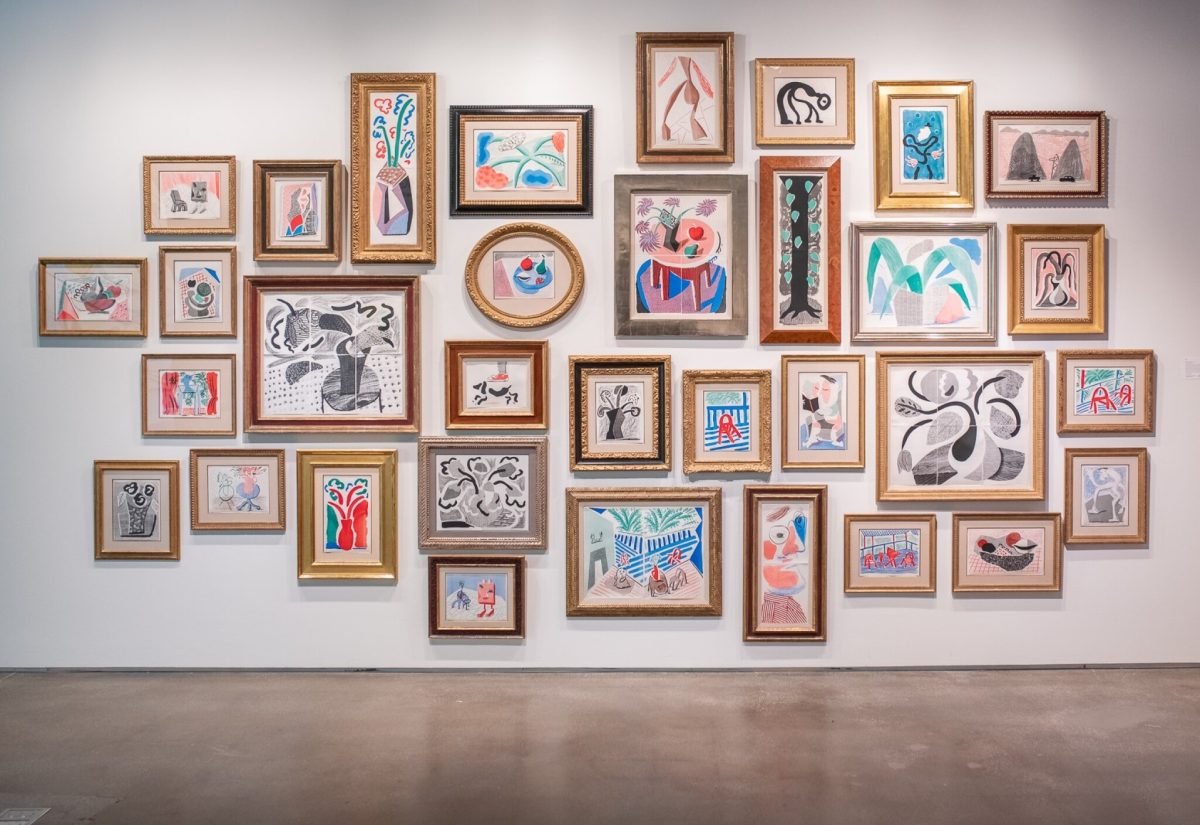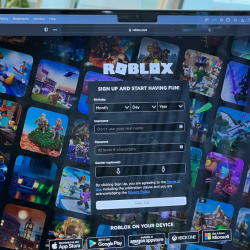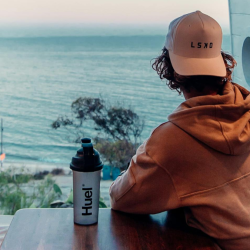The recent Metaverse Fashion Week on Decentraland was, perhaps predictably, a tiny bit of a letdown. For luxury brands like Etro and Dolce & Gabbana, used to the ability to control almost every element of the aesthetic experience of their products, and for the luxury consumers used to enjoying them, the somewhat clunky renderings of the brands’ XR products, coupled with the Decentraland’s still-developing UX, must have been frustrating.
Amidst the lessons learned about the technical opportunities and limitations, a lesson from the art world of more than 60 years ago, is perhaps one for us to examine. I am (of course) thinking of how the artist David Hockney approached the invention of the photocopier and his “Home Made Prints” works, and of how we can study his approach to learn how to act with intention when meeting new opportunities to communicate.
More than a copier
When Hockney first encountered a friend’s colour copier he was quick to realise something that few of us may have ever considered. An image placed on the glass of a photocopier is closer to the lens of the scanner than any other kind of camera, so when multiple colours are scanned at one time, the resulting image has the flatness of a photo, not the materiality of an artprint made by hand using traditional techniques.
Hockney’s revelation was that by reprinting over existing images with different single colour layers, he could create the same depth of image as a traditional fine art print — that in effect, the photocopier could be more than a copier, it could be a way for artists to communicate through print at far lower costs.

Hockney’s ‘Hand Made Print’ series was soon joined by his experiments with fax machines and his observations about the changes that could be created in the way that art is made and appreciated if it can be shared infinitely on machines that are by their nature, made to work with ink that rapidly fades, challenging the nature of permanence – and in doing so, of value — in the art world. In each case the act of creation was triggered by both an observation and a specific intention; to find a cultural use for the new technology that placed it within the artist’s own practice. And it’s an approach that fashion and indeed all brands, could perhaps learn from as we begin to engage with the metaverse.
Engage and innovate
Some of the newly minted authorities on branding in the metaverse counsel a ‘wait and see’ approach that precludes engagement by brands, until such time as the environment evolves, or until the brand has the capabilities to create an experience in the metaverse as sophisticated as one that it would create IRL. I would argue however, that Hockney shows us that in a new technology, intentionality is more important than execution.
Communicating an enthusiasm for engagement with new technologies, and communicating, clearly, the sense of experimentation with which you are approaching the work, and doing this all with a strict adherence to your brand’s mission and values is not for the faint hearted, but could be well worth the investment in time and focus.
Brands such as Gucci, who have been heavily focused on expanding their creativity mission into the new space, have shown already that their experiments are not equally successful, but that by a process of continuing to engage and innovate they are able to maintain a brand positioning that is attractive to the most cutting-edge consumers.
The metaverse, much like social media, is continuing to evolve rapidly and for brands and the teams that operate them, navigating the new landscape will be far more easily done if you have been on the journey with the community who uses them.
Featured image: Metaverse Fashion Week / Dolce & Gabbana
































